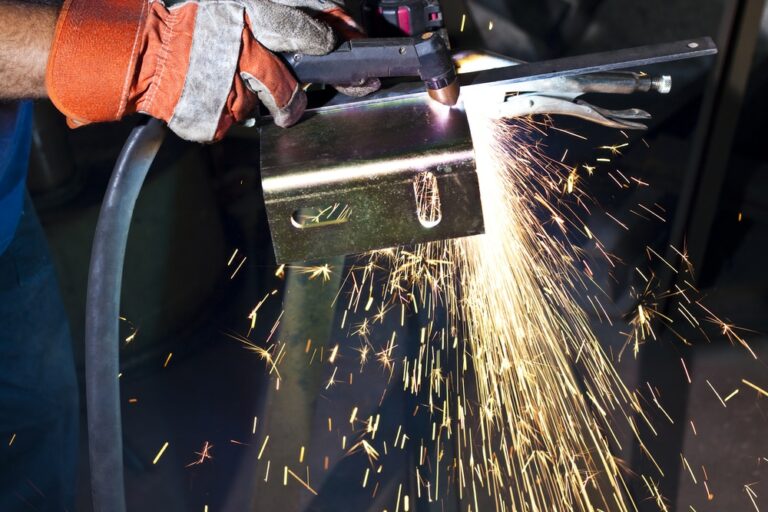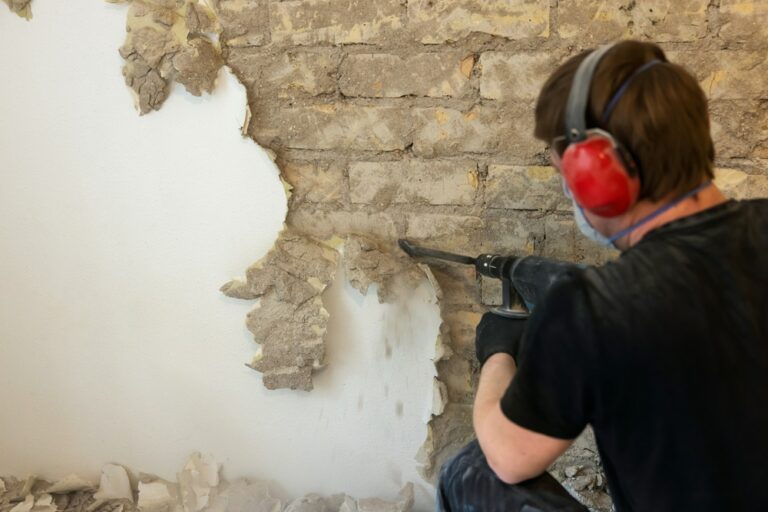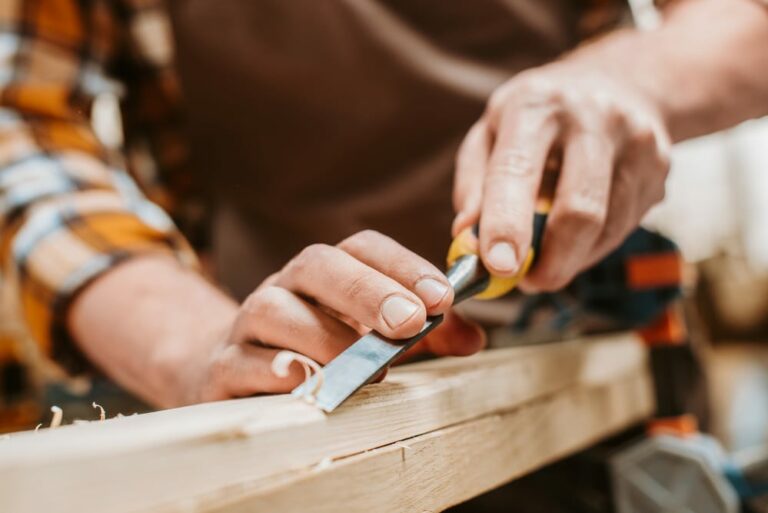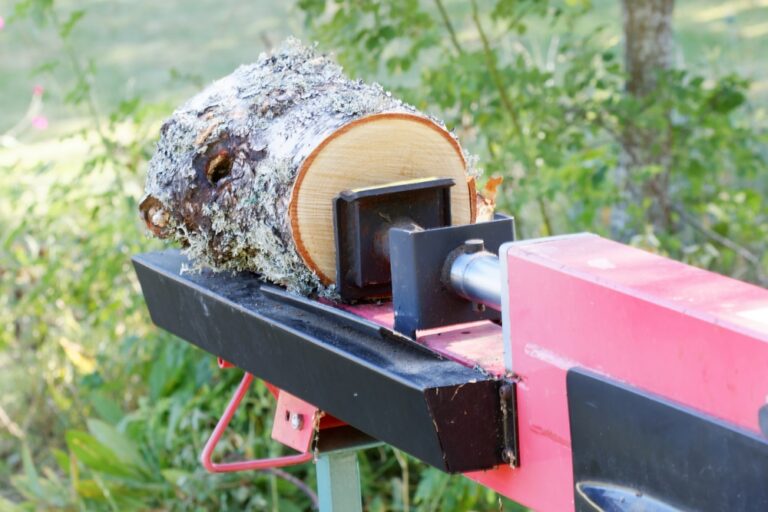Metal roofing is often misunderstood and surrounded by myths discouraging homeowners from considering it an option.
But before you dismiss the idea of a metal roof for your home, let’s debunk some of these misconceptions and set the record straight.
From concerns about noise and lightning strikes to the belief that metal roofs are only suitable for industrial buildings, many myths must be addressed. The truth is metal roofing has come a long way in terms of design, durability, and energy efficiency, making it a viable and attractive option for residential properties.
In this article, we will debunk some of the most common misconceptions and myths about metal roofing, providing you with accurate information to help you make an informed decision about whether it’s the right choice for your home.
Myth 1: Metal Roofs Are Noisy
Contrary to popular belief, a modern metal roof is not synonymous with cacophony.
With advancements in roofing technology, these contemporary shields against the elements boast a tranquillity that rivals, if not surpasses, their asphalt-shingled counterparts. When a metal roof is installed with proper insulation and sheathing, the stereotypical pitter-patter of raindrops becomes a muted whisper, ensuring a serene ambiance within your home.
The composition of these roofs is engineered to absorb and dissipate sound, offering a peaceful overhead barrier that belies the myth of metal roofing being an orchestra of noise during a storm.
Myth 2: Metal Roofs Attract Lightning
The notion that metal roofs attract lightning is a widespread misconception that needs dispelling.
In reality, lightning seeks the path of least resistance to the ground, targeting the highest point in an area, not specifically the materials below. While metal is indeed an efficient electrical conductor, this characteristic does not increase the likelihood of a metal roof being struck.
Furthermore, if lightning does strike, metal roofing materials can safely disperse the electrical charge, and because they are non-combustible, they significantly reduce the risk of fire compared to other roofing options.
Myth 3: Metal Roofs Are Easily Dented
The myth that metal roofs are easily dented by the average hail storm is a misconception that doesn’t hold up against the facts.
While it’s conceivable that a particularly violent hailstorm could leave its mark, modern metal roofing is manufactured to resist the impacts of most hail storms. These roofs are crafted with durable materials and engineered to withstand routine weather challenges.
The strength of metal roofing systems is evident in their performance during severe conditions, demonstrating resilience where other materials might falter.
So, while no roof is impervious to nature’s fury, metal roofs are a robust barrier against the typical hail encountered in most climates.
Myth 4: Metal Roofs Rust Quickly
The rapid rust formation on metal roofs is a myth that fails to consider the advancements in modern metal roofing materials.
These materials incorporate innovative protective coatings, specifically designed to combat corrosion. The various forms of metal used in today’s roofing solutions, such as galvanized steel and aluminum, are treated to ensure a formidable defense against rusting.
This added layer of protection extends the life of a metal roof far beyond what was possible in the past, giving homeowners peace of mind that their investment will resist the elements and maintain its integrity for years to come.
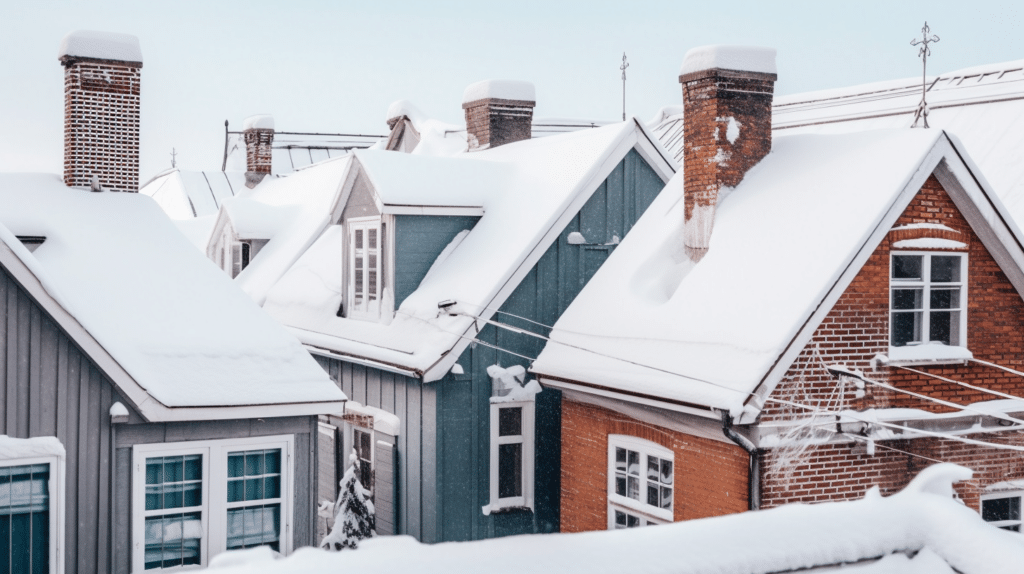
Myth 5: Metal Roofs Aren’t Suitable for Cold Climates
The myth that metal roofs aren’t suitable for cold climates ignores the impressive capacity of metal roofing to perform optimally under harsh weather conditions.
Far from being a liability, metal’s reflective properties can improve a building’s insulation against the cold, while its smooth surface aids in shedding snow and ice, thereby preventing buildup that could lead to structural damage.
This ability to resist the accumulative strain of winter’s touch ensures that metal roofs are appropriate for cold climates and are often the preferred choice for their durability and energy efficiency amidst the chill.
Myth 6: Metal Roofing Is Not Energy-Efficient
The claim that metal roofing is not energy efficient is a myth that overlooks the reflective capabilities of high-quality materials used in its construction.
Metal roofs can reflect the sun’s rays, minimizing heat absorption and contributing to a cooler attic space. This reflective property means less heat is transferred into the home, reducing the need for air conditioning and lowering energy bills.
Moreover, some metal roofs are treated with special finishes that enhance their energy efficiency, further reinforcing the status of metal roofing as a smart, energy-conscious choice for homeowners looking to combine sustainability with modern aesthetics.
Myth 7: Metal Roofs Are Too Heavy for Certain Homes
The belief that metal roofs are too heavy for certain homes crumbles under scrutiny, as this roofing option is actually a lightweight material option compared to traditional choices like tile or concrete.
The inherent strength-to-weight ratio of metal allows for easy handling and quicker roof installation without compromising durability. This means that the structural integrity of most homes can easily support a metal roof without requiring additional reinforcements.
By choosing metal roofing, homeowners benefit from a material that is both manageable in weight and robust in performance, a combination that many other roofing materials struggle to match.
Conclusion
Don’t let misconceptions about metal roofing prevent you from making the best choice for your home.
Metal roofs are durable, energy-efficient, and stylish, offering many benefits that can save you money and enhance your property value. So, don’t fall for these myths – embrace the truth and enjoy a metal roof’s long-lasting beauty and protection.




